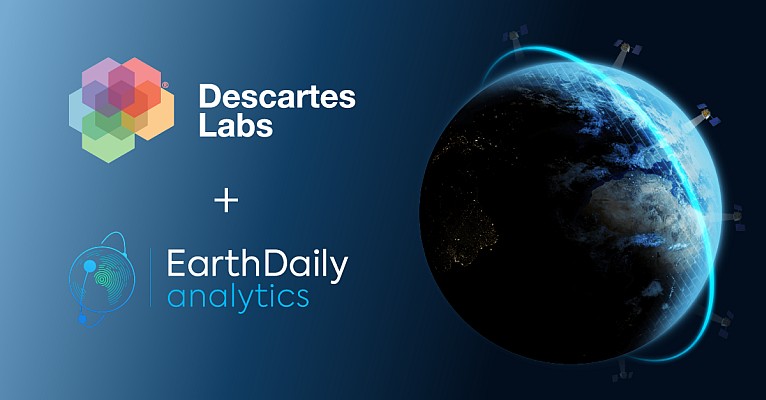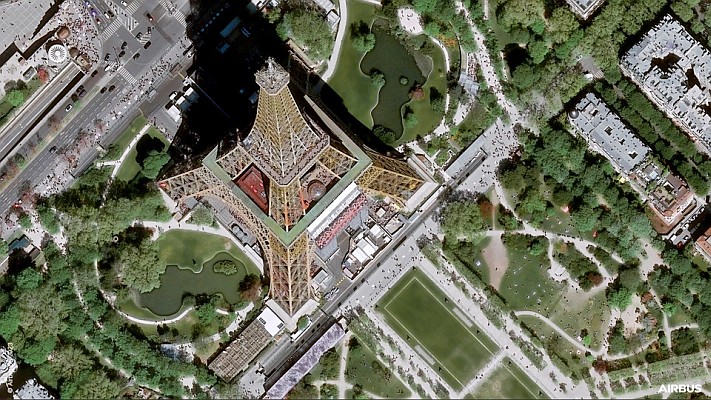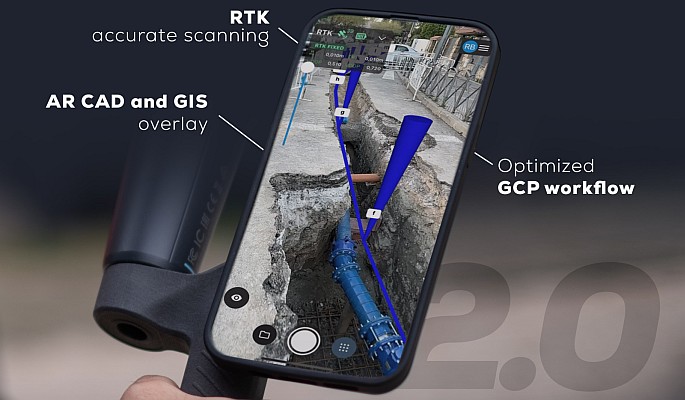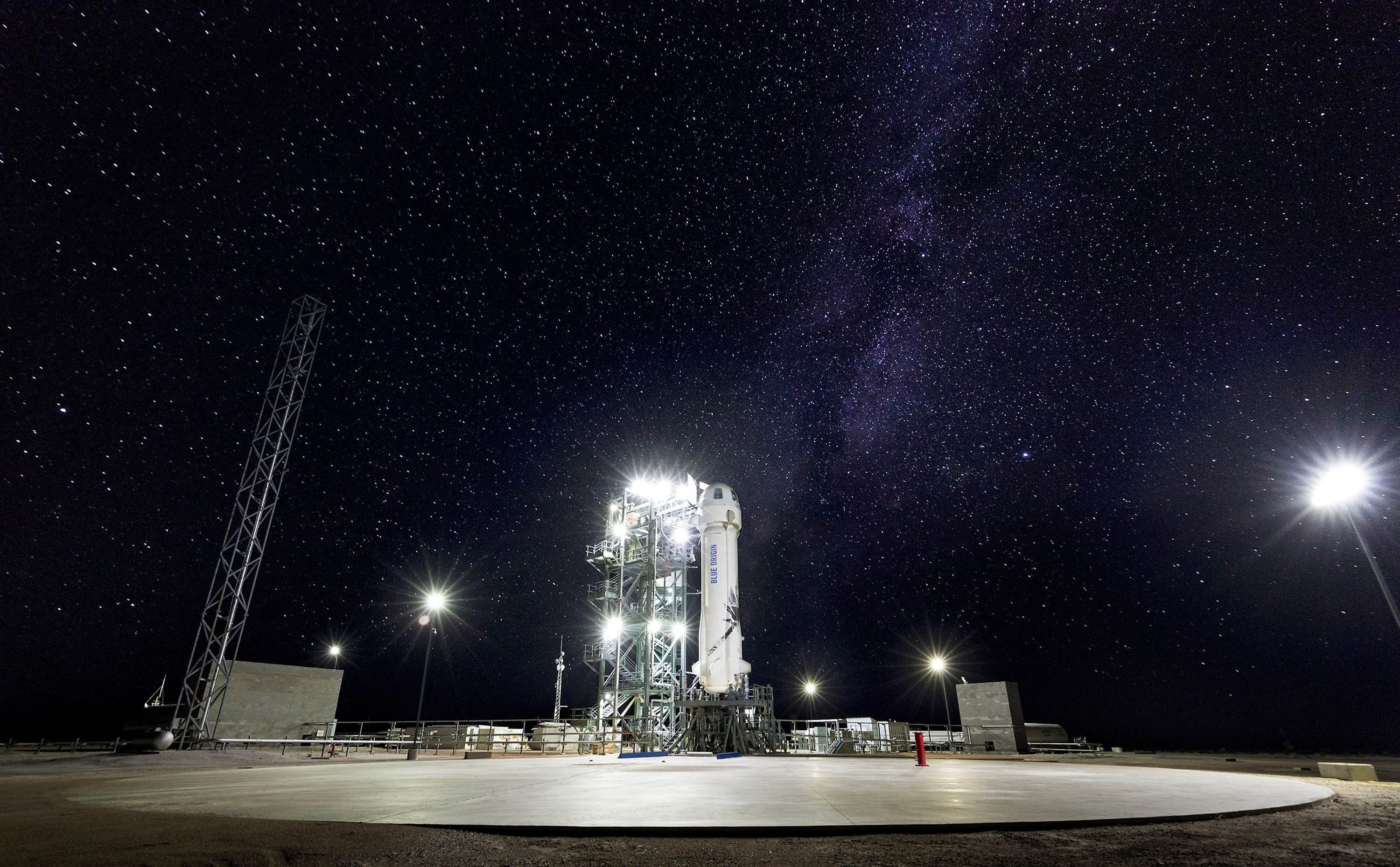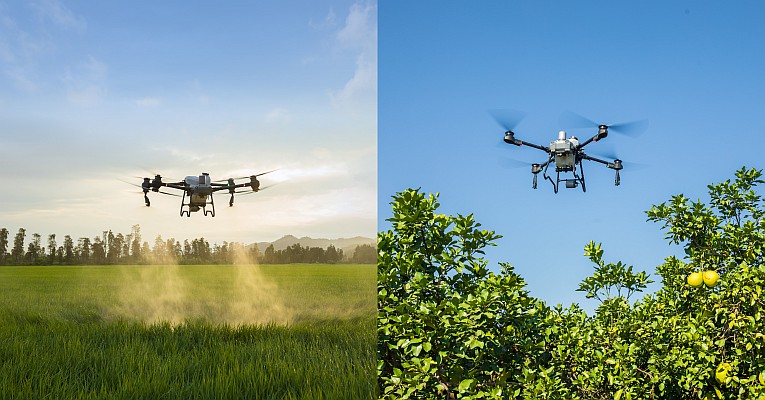
Sentinel-2A, the first optical imaging satellite in the EU’s Copernicus programme, is set for launch from Europe’s Spaceport in French Guiana at 01:52 GMT 23 June (03:52 CEST 23 June; 22:52 local time 22 June) aboard a Vega rocket.
Copernicus is headed by the European Commission in partnership with ESA. It will provide accurate, timely and easily accessible information to improve the management of the environment, understand and mitigate the effects of climate change, and ensure land monitoring, emergency management and security.
The new fleet of Sentinel satellites will deliver a wealth of data and images that are central to the ambitious Copernicus programme.
The mission is based on a constellation of two identical satellites, Sentinel-2A and Sentinel-2B, launched separately and placed in the same orbit, separated by 180 . Every five days, the satellites will jointly cover all land surfaces, large islands, and inland and coastal waters between latitudes 56°S and 84°N, optimising global coverage and data delivery for numerous applications.
The mission carries an innovative high-resolution multispectral camera with 13 spectral bands for a new perspective of land and vegetation. The combination of high resolution, novel spectral capabilities, a field of vision covering 290 km and frequent revisit times will provide unprecedented views of Earth.
Among its applications, the mission will provide information for agricultural practices, helping in the management of food security. It will also be used to map the status and changes in land cover and to monitor the world’s forests.
It will furthermore provide information on pollution in lakes and coastal waters. Images of floods, volcanic eruptions and landslides will contribute to disaster mapping and help humanitarian relief efforts.
Sentinel-2, like Sentinel-1, is equipped to benefit from another ESA programme, the European Data Relay System (EDRS). EDRS is creating a network of geostationary laser communication payloads for the continuous relay of low-orbit satellite data, and will enable the Sentinel’s Earth observation data to be transmitted faster than ever, using laser links.
By supplying ‘colour vision’ for Copernicus, Sentinel-2A is a perfect complement to the all-weather, day-and-night radar imagery provided by the first in the Sentinel fleet, Sentinel-1A, launched on 3 April 2014.
Sentinels are crucial investments to deliver a wide spectrum of operational data over a period of 20 years to benefit European citizens. In the year Sentinel-1A has been in service, more than 7000 users have registered to access some 145 000 different online data products, and over a million downloads – the equivalent of some 1.3 terabytes of data – have been recorded.
Sentinel-2A is the result of close collaboration between ESA, the European Commission, industry, service providers and data users. It is designed and built by a consortium of 60 companies led by Airbus Defence and Space.
Sentinel-2B, its twin satellite, is scheduled for launch in mid-2016.
Learn more about Sentinel at:
http://www.esa.int/Our_Activities/Observing_the_Earth/Copernicus/
Sentinel-2
Learn more about Copernicus at: http://www.esa.int/Our_Activities/Observing_the_Earth/Copernicus
Learn more about EDRS at:
http://www.esa.int/Our_Activities/Telecommunications_Integrated
_Applications/EDRS
Source: ESA


